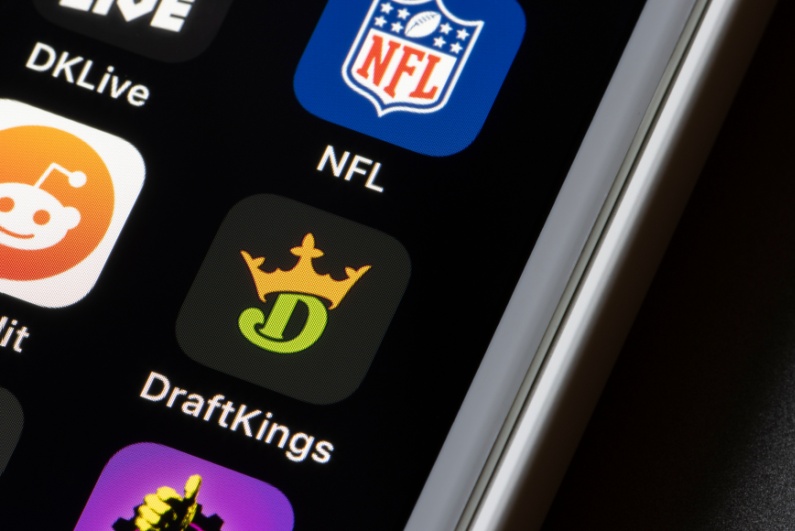A British charity that promotes safer gambling has failed to achieve its intended level of donations.
GambleAware – an independent UK charity tasked to “fund research, education and treatment services” to help minimize gambling-related harm in Great Britain – has pronounced itself “pleased” with the record level of donations it received in the year ending March 31, 2018.
In an open letter to the gambling industry, GambleAware CEO Marc Etches discloses that donations received for the 2017–18 year were £9.4m ($13.5m).
Minimum target
The charity had set its minimum target for the year at £10m – but still appeared happy with the level of donations received, a 16% increase on the previous year. Outlining the reasons for his letter, Etches said: “Last October we made our concerns regarding the [betting] industry’s funding of GambleAware very public. Six months later it is only fair that we acknowledge and thank those in the industry who have helped us achieve a record-breaking £9.4m in donations.”
Having fallen short of its target in 2016–17, GambleAware appeared to be on course to miss the 2017–18 target by a significant margin, so in some ways the £9.4m achieved can be looked on as a good result.
But it is still an insignificant sum compared to the turnover of the bookmakers – Bet365 alone had revenues of approximately £1.5bn ($2.11bn) for the 2015 year – or the number of problem gamblers. Assuming 430,000 problem gamblers in the UK, it works out to £22 ($32) per gambler, and there is only one specialist gambling addiction clinic in the country – inevitably in London.
GambleAware also detailed a new donation system that will ask all companies to self-certify the proportion of gross gambling yield (GGY) their donations to GambleAware represent. Etches is looking for companies to contribute 0.1% of GGY, roughly calculated as the amount a bookmaker (or, say, a casino) takes in bets, minus the amount it pays out.
Gambling is an age-old problem. In 1866, Dostoyevsky published “The Gambler,” a tale of a young man’s addiction to the roulette wheel – and a book written to pay off his own gambling debts. And, of course, in one of the greatest ever films, “A Knight’s Tale,” Geoffrey Chaucer’s addiction to gambling is all too graphically illustrated.
Problem gambling numbers
Last year the Gambling Commission published a report stating that there were up to 2 million people in the UK with a gambling problem, or who were at risk of developing one. It estimated that the number of adults in the UK with a specific gambling problem had risen by a third in three years and put the number at 430,000. It further estimated that up to 2 million people were at risk of becoming problem gamblers, laying the blame squarely at the door of fixed odds betting terminals (FOBTs) and calling on the Government to do more to tackle the problem.
The report revealed that only 4% of people gamble online – but that 35% of problem gamblers do. That is clearly something for GambleAware and the industry to worry about, given that every study – not just in the UK but around the world – shows that more people are gambling online.
Figures in perspective
To put the number of people in the UK with a gambling problem in perspective, the latest figures I can find online suggest there are just under 600,000 problem drinkers in the UK. When you consider the action taken to curb excessive drinking – including bans on advertising – you might think that the gambling industry is getting off lightly. Nought-point-one percent of its gross gambling yield might be a small price to pay…



